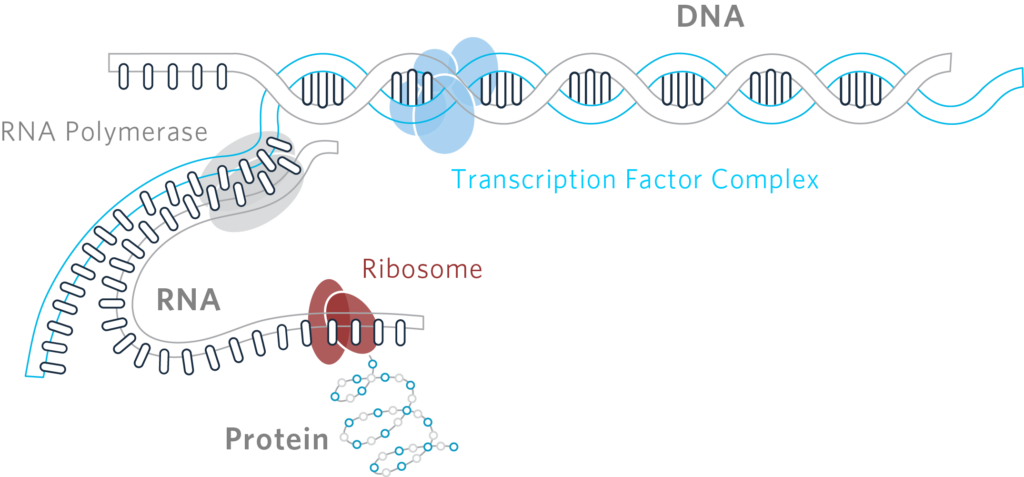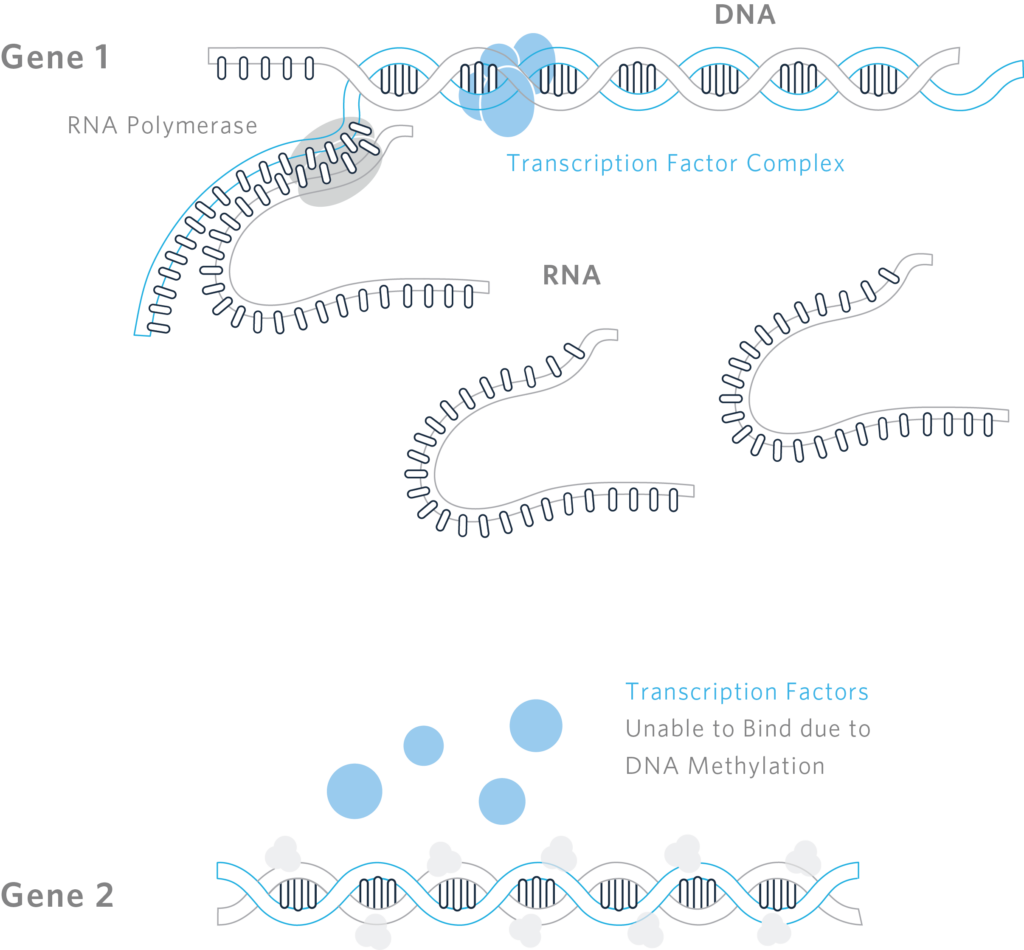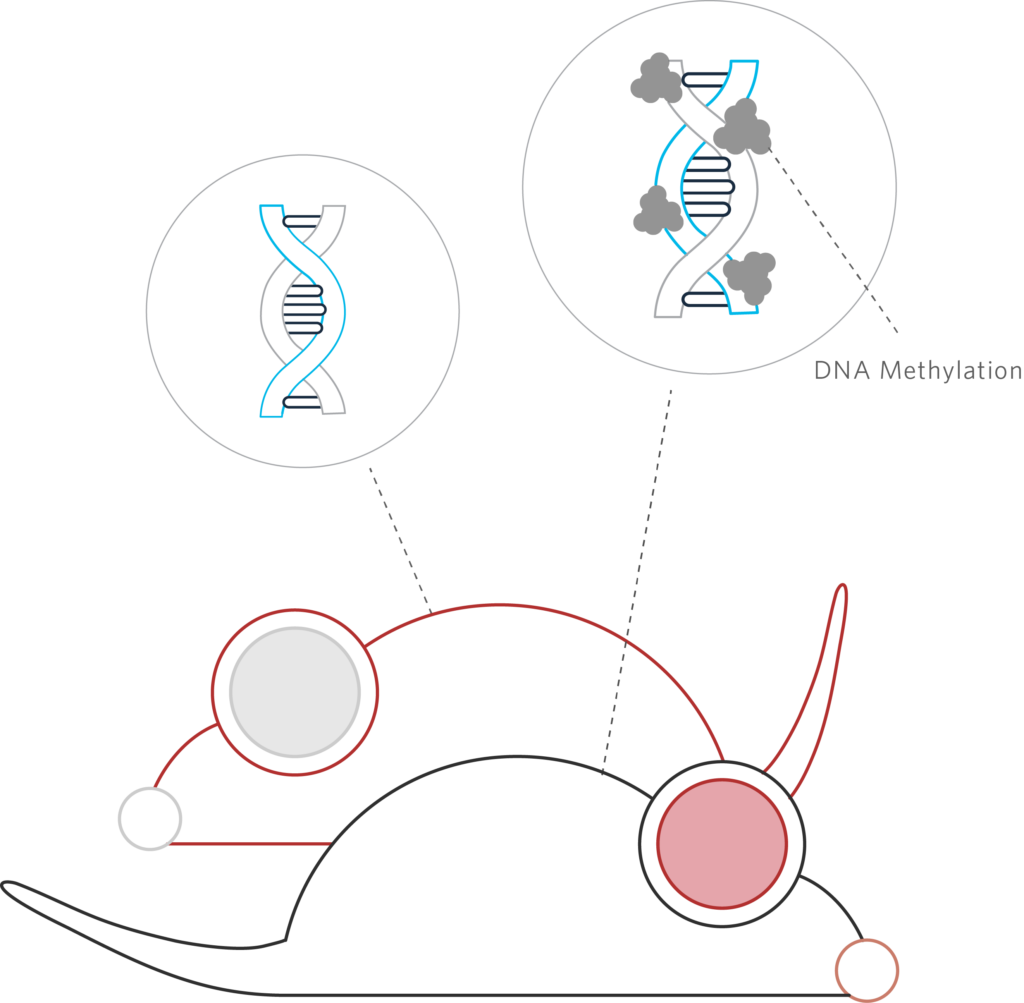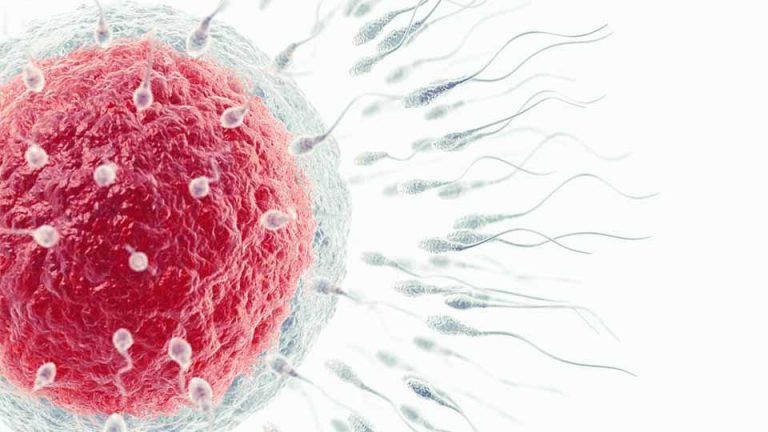We know that half of our DNA comes from Mom and half from Dad, and that this genetic code contains the “recipe” for who we are destined to become. But haven’t you ever wondered how your “recipe” knows what to do at exactly the right times? Behind every great recipe there is a cook in the kitchen who works hard to recreate this masterpiece.
Say ‘hello’ to epigenetics, the “cook” in our kitchen that helps the body read and recreate our genetic recipe.
Epigenetics is an important field in genetics that has been drawing significant attention from the scientific community because of increasing evidence that it can influence health, cancer, fertility, and even our children. This post is an illustrated explainer guide on epigenetics and discusses how our interaction with the environment affects our health and potentially the health of our offspring– take a moment for a meet and greet with the chef who helps bring your genetic recipe to life!
The Central Dogma of Biology
The central dogma of molecular biology states that DNA code for RNA, which codes for proteins. Protein is what makes up the structure of our bodies and keeps things working. DNA is, traditionally speaking, the molecule of heredity that passes from parents to offspring. As we now know, we need to broaden the definition of heredity to include epigenetics.

Cell Types are Defined by Specific Epigenetic Patterns
Cells as diverse as neurons, white blood cells, and muscle cells have unique function and morphology due to epigenetic differences, even though their underlying DNA sequence is identical within an individual. Mechanistically, the addition of methyl groups or modifications to histone proteins (two different epigenetic mechanisms) can have profound impact on gene expression and, subsequently, the phenotype of the cell.
DNA Methylation Can Alter Gene Expression, Selectively, Across the Genome
DNA methylation is an epigenetic mechanism that can alter gene expression by binding to promoter regions and suppressing gene expression within specific genomic regions. It does this by blocking the ability of transcription factors (blue dots) from binding to the DNA and allowing transcription (the formation of RNA) from occurring.

In the figure, Gene 1 is transcriptionally active while Gene 2 is transcriptionally silent due to DNA methylation.
Epigenetic Patterns Can Change Physical Characteristics at the Organismal Level
For example, mice with methylation at the agouti gene are obese and yellow in color, while their unmethylated counterparts have normal weight and have brown coats. Note that these two mice are genetically identical and only differ epigenetically (i.e., different DNA methylation patterns).The coat color difference relates to the expression of different types of skin pigment.
Environmental Exposures, Chronic Negative Behaviors (e.g., smoking), and Aging can Alter the Epigenome

In contrast to the genome, the epigenome can be altered by several factors, and over the lifetime of an individual. Although many of the factors that can alter the epigenome are still unknown, significant evidence shows environmental exposures, stress, and aging can have a negative impact. On the other hand, positive factors such as exercise and good diet are known to change the epigenome as well!
Implications of Epigenetics on Infertility
Several scientific studies have interrogated different genomic regions and have found that epigenetic changes, including both DNA methylation and histone modifications are associated with male infertility. This association between epigenetic profile and infertility appears to exist even when the semen parameters (i.e., count, morphology, and motility) are normal. Reading out the epigenetic pattern in sperm DNA presents a particularly interesting opportunity for diagnosing male infertility in cases of unexplained infertility.
Implications of Epigenetics on Cancer
Temozolomide is used in the treatment of malignant brain tumors by damaging the tumor DNA. Methylation of MGMT gene, a gene that is important for DNA damage repair, prevents the tumor cells from repairing their DNA. Thus, DNA methylation of the MGMT gene makes it harder for cancer cells to resist treatment and patients with proper methylation have a relatively favorable prognosis to treatment with temozolomide.
Implications of Epigenetics on Neurodevelopment
Epigenetic factors, including DNA methylation, can also impact brain development. Depending on the pattern of methylation, synapse formation can be dramatically altered. It is thought that aberrant DNA methylation may be implicated in brain disorders such as bipolar disorder, schizophrenia, and autism.
Epigenetic Changes May Be Heritable Across Generations
(Transgenerational Epigenetic Inheritance)
In addition to having significant implications within an individual, epigenetic changes that occur within the gametes (i.e., sperm and eggs) may be inherited across generations. This suggests that things such as chronic stress, exposures to toxicants, and the time at which we choose to have children (i.e., aging), could have a profound impact on the health of our offspring.







